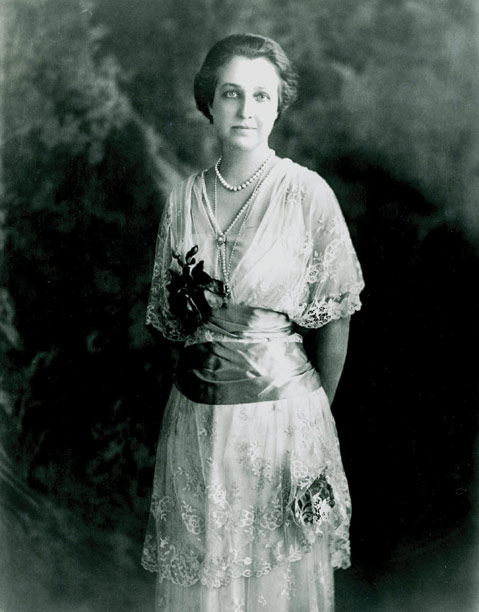Katharine Dexter McCormick
Women Rights Champion
Katharine Dexter McCormick was an outstanding champion of women’s political and reproductive rights. Given her vast fortune (her lawyer once said that she couldn’t even spend the interest on her interest), she was in a position to financially back the causes in which she believed.
She was born in 1875 in Dexter, Michigan, a town founded by her grandfather. Her father was a prominent Chicago attorney, and her parents imbued Katharine with the importance of social welfare and a sense of social justice. After her father’s untimely death, she and her mother moved to Boston, and in the fall of 1899, Katharine entered MIT to study biology with the intent of becoming a surgeon. Despite the hostility she sometimes faced from the male-dominated student body and faculty, in 1904 she became the second woman to earn a degree from that institution.

While at MIT, she became reacquainted with Stanley McCormick, whom she had briefly met back in Chicago. He was the youngest son of Cyrus McCormick, inventor of the grain reaper, an invention that had made the family’s fortune. In the 1890s, the McCormicks had bought and developed an 87-acre estate in Montecito, Riven Rock.
After a somewhat tempestuous courtship, Stanley and Katharine married in 1904. Stanley was already showing signs of a progressive mental illness. By 1908, he needed constant care and was transferred to Riven Rock, where he lived out his life under close supervision until his death in 1947.
Such was the nature of Stanley’s condition, Katharine was basically forbidden to see him. Despite this, she refused to divorce and remained a staunch advocate for the best possible care for her husband.
Katharine had become involved in women’s suffrage while at MIT; she became a key member of the Massachusetts Women’s Alliance, a branch of the national suffrage organization. In 1919, she was instrumental in founding the League of Women Voters.
She was also deeply interested in issues surrounding women’s reproductive rights. She became close friends with Margaret Sanger, one of the pioneers of the birth control movement in the U.S. in the 1920s. In 1922, upon her return from one of her many European trips, she daringly smuggled in a large number of diaphragms in her clothing and luggage. Contraceptive devices were heavily restricted in the U.S. at that time. She was also generous with funding. During the 1950s, she helped bankroll, to the tune of some $2 million, research into the development of the birth control pill.
Nor did she neglect her adopted community. She donated thousands of dollars to the Community Arts Association and financed a wing for the Museum of Art in honor of her husband. She also contributed large sums to the local branches of Planned Parenthood and the League of Women Voters, as well as brought the movers and shakers of the developing women’s movement to Santa Barbara for speaking engagements.
In the early 1940s, she purchased a house at 1600 Santa Barbara Street, which became her home until her death at 92 in 1967. She bequeathed it to the Museum of Art, and today McCormick House is home to the museum’s Ridley-Tree Education Center.



